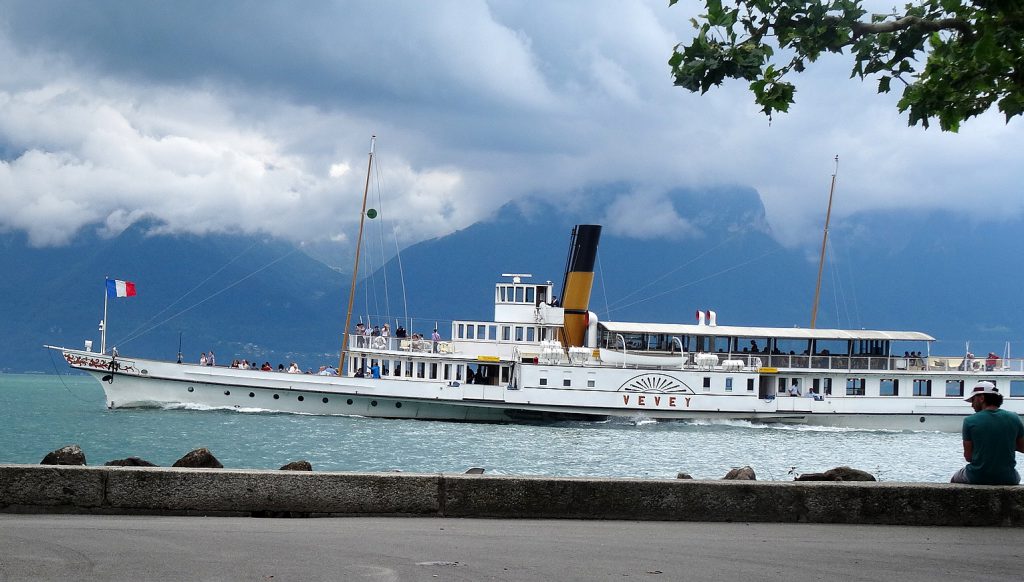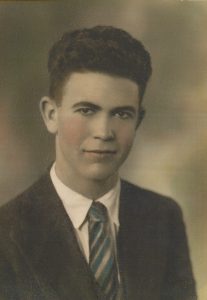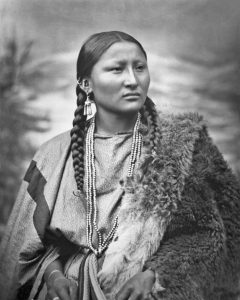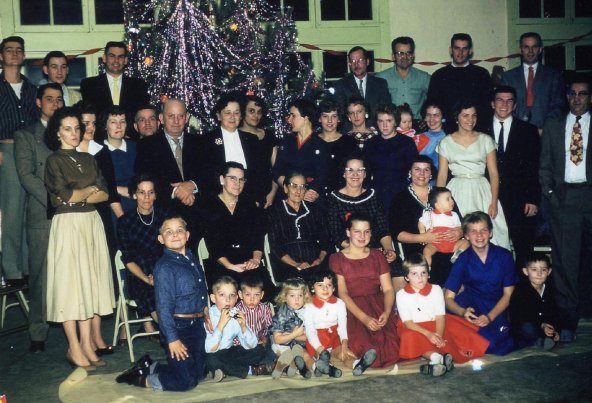
[Author’s note: This series of excerpts from the Regina Shober Gray diary began here.]
For those of us wiling away the summer in offices in the United States, yearning for a glimpse of blue water, here is a living portrait of a Swiss summer 138 years ago from the Gray[1] diary:
Hotel Monnet, ou “Les Trois Couronnes,” Vevey, Sunday, 4 August 1878: We are delightfully accommodated here; our rooms, including a handsome parlor with a broad balcony to our own use, look upon the lake, and to-day there has been a rowing race, wh. we watched with some interest; a sailing regatta fails to take place for want of a wind. The weather to-day has been lovely – but it seems clouding over now. Continue reading ‘A crescent moon followed the day god down’






